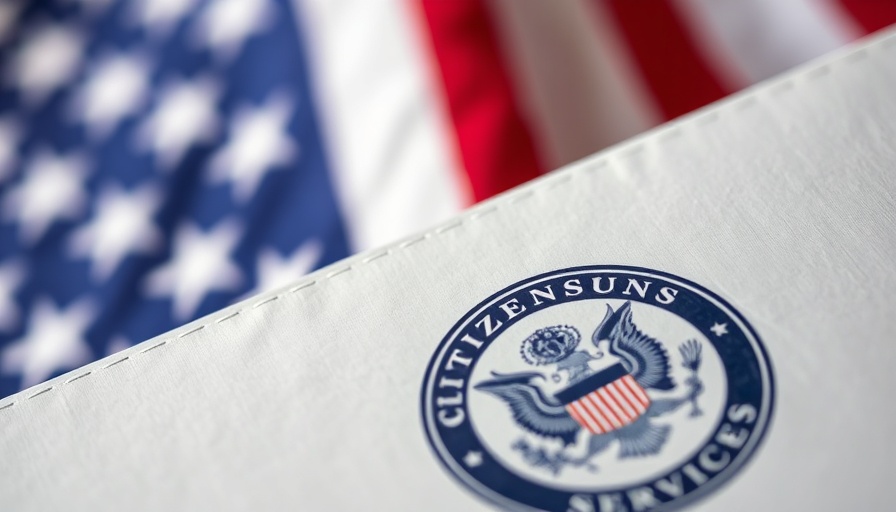
Machinations of E-Verify and Its Future Implications
The landscape of immigration compliance is constantly evolving, creating an atmosphere filled with questions and uncertainties for employers. During a recent webinar hosted by attorneys from Cozen O’Connor, key insights into the workings of E-Verify and how it interacts with the potential for ICE raids were discussed. The emphasis was on E-Verify, a federal program allowing employers to confirm their employees' eligibility to work in the United States.
Understanding E-Verify: A Tool for Employers
E-Verify operates by validating the information provided in the Form I-9, a document that verifies an employee's identity and employment authorization. While federal contractors are mandated to use E-Verify, the conversation is stirring about whether the requirement will extend to all employers across various sectors. As noted by attorney Elizabeth Olivera, exploring the nuances of E-Verify could be a prudent move for employers concerned about compliance and audit risks.
Are Audits Random? Breaking Down the Myths
It’s a common assumption that using E-Verify might shield companies from the scrutiny of audits. However, Olivera clarified that although E-Verify users are known to the U.S. Citizenship and Immigration Services (USCIS), audits remain largely random. This means that even employers who use E-Verify can find themselves under the microscope. The takeaway? E-Verify may not lessen the likelihood of an audit but can enhance a company's preparedness should one arise.
Typographical Errors: Small Mistakes, Big Consequences
Interestingly, one of the significant pitfalls in the I-9 documentation process is the seemingly innocuous typographical error. Olivera highlighted that these minor mistakes can lead to substantial repercussions; noncompliance can result in hefty fines or compliance issues. The message here is clear: in a space where precision is critical, attention to detail in all documentation is non-negotiable.
Potential for State-Level Regulations
As discussions about E-Verify requirements continue, it’s essential to acknowledge that state regulations may vary significantly. Certain states have already mandated E-Verify usage for employers, which highlights why it’s crucial for businesses to stay informed about local laws that could impact their operations. A proactive approach to understanding these regulations can help companies not only comply but thrive in their respective markets.
The Future of Immigration Compliance: What Could Change?
Looking ahead, the potential for sweeping changes in immigration laws looms on the horizon. With shifting political dynamics and ongoing debates, it is plausible that the federal government will impose stricter requirements regarding E-Verify. Employers must remain vigilant, ready to adapt policies and practices to ensure compliance as the landscape continues to shift.
Engaging with Expert Insights
By engaging with legal experts and participating in discussions like the Cozen O’Connor webinar, employers can better navigate the complexities of E-Verify. Understanding both the functionality of this tool and the current trends in immigration enforcement equips businesses to make informed decisions. Preparing for audits, ensuring compliance, and embracing proactive strategies can significantly reduce risks associated with immigration policies.
 Add Row
Add Row  Add
Add 




Write A Comment